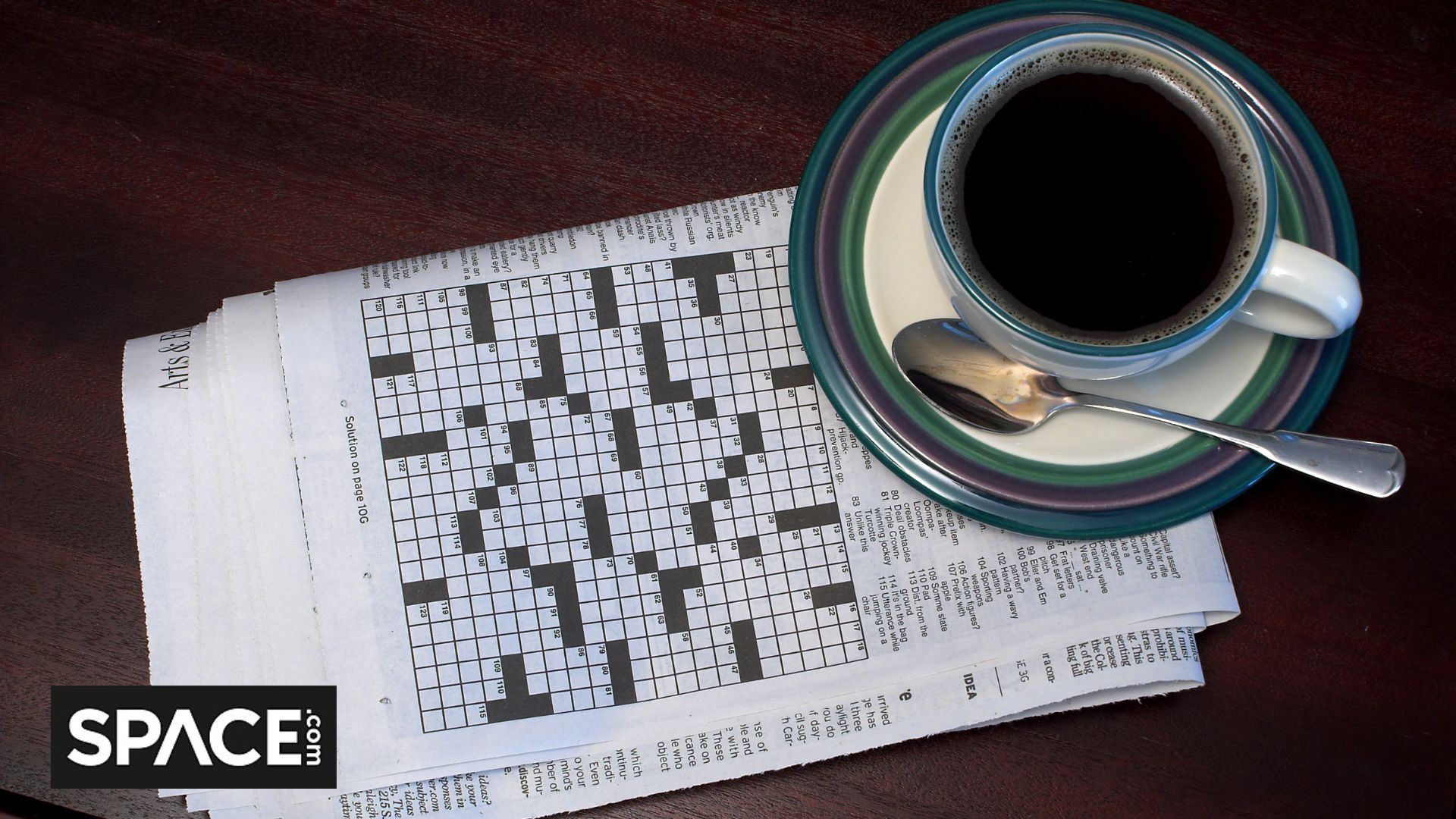Astronomers discover a cosmic 'fossil' at the edge of our solar system. Is this bad news for 'Planet 9'?
"It is possible that a planet once existed in the solar system but was later ejected, causing the unusual orbits we see today."
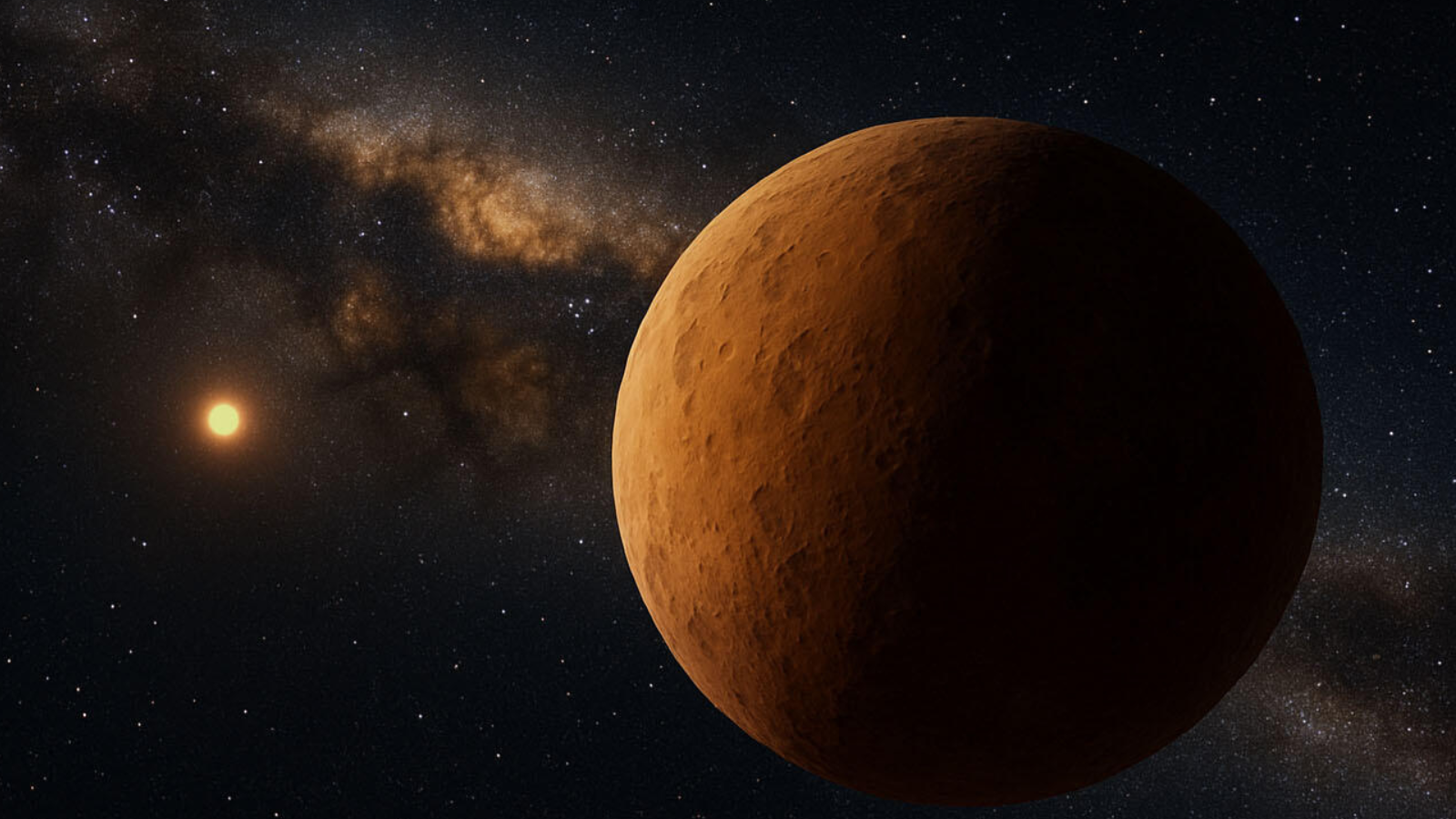
Astronomers have discovered a massive new solar system body located beyond the orbit of Pluto. The weird elongated orbit of the object suggests that if "Planet Nine" exists, it is much further from the sun than thought, or it has been ejected from our planetary system altogether.
The strange orbit of the object, designated 2023 KQ14 and nicknamed "Ammonite," classifies it as a "sednoid." Sednoids are bodies beyond the orbit of the ice giant Neptune, known as trans-Neptunian objects (TNOs), characterized by a highly eccentric (non-circular) orbit and a distant closest approach to the sun or "perihelion."
The closest distance that 2023 KQ14 ever comes to our star is equivalent to 71 times the distance between Earth and the sun. The sednoid is estimated to be between 136 and 236 miles (220 and 380 kilometers) wide. That makes it 45 times wider than the height of Mount Everest.
This is just the fourth known sednoid, and its orbit is currently different from that of its siblings, though it seems to have been stable for 4.5 billion years. However, the team behind the discovery, made using Subaru Telescope as part of the Formation of the Outer Solar System: An Icy Legacy (FOSSIL) survey, thinks that all four sednoids were on similar orbits around 4.2 billion years ago. That implies something dramatic happened out at the edge of the solar system around 400 million years after its birth.
Not only does the fact that 2023 KQ14 now follows a unique orbit suggest that the outer solar system is more complex and varied than previously thought, but it also places limits on a hypothetical "Planet Nine" theorized to lurk at the edge of the solar system.
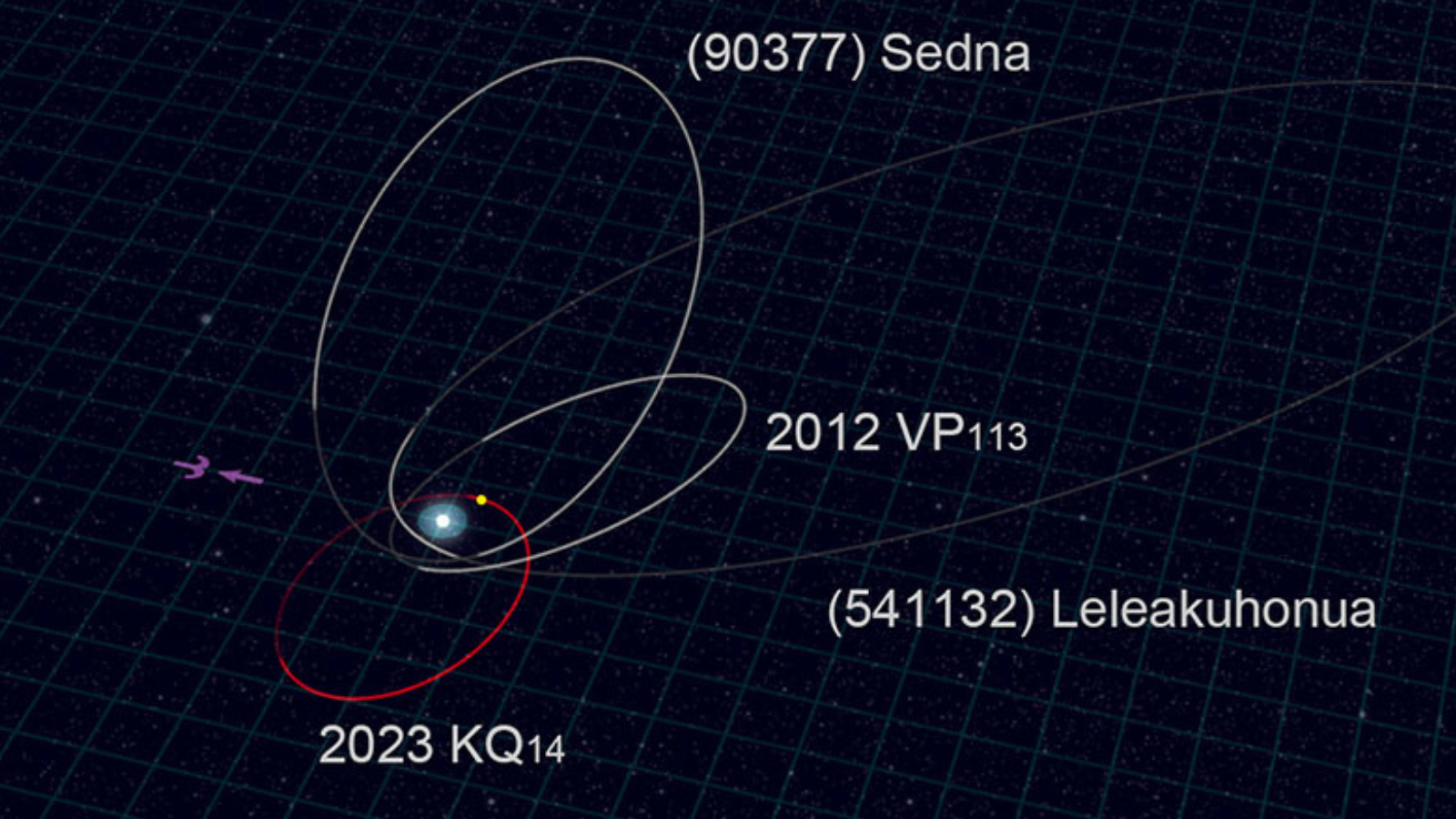
"The fact that 2023 KQ14's current orbit does not align with those of the other three sednoids lowers the likelihood of the Planet Nine hypothesis," team leader Yukun Huang of the National Astronomical Observatory of Japan said in a statement. "It is possible that a planet once existed in the solar system but was later ejected, causing the unusual orbits we see today."
Hello 2023 KQ14. Goodbye Planet Nine?
2023 KQ14 was first spotted in the wide field of view of the Subaru Telescope, located on Hawaii's Mauna Kea volcano, in observations collected during March, May, and August 2023.
Breaking space news, the latest updates on rocket launches, skywatching events and more!
The sednoid was confirmed using the Canada-France-Hawaii Telescope during follow-up observations performed in July 2024.
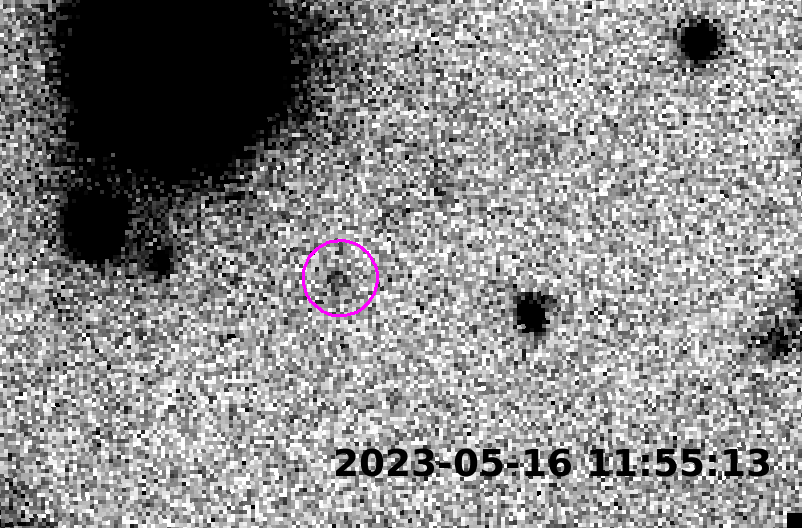
This data was combined with archival data from other observatories, allowing astronomers to reconstruct the orbit of 2023 KQ14 over the past 19 years.
But this is a celestial body that likely formed as the planets of the solar system were taking shape around the infant sun around 4.6 billion years ago. Thus, astronomers were keen to retell the story of its orbit for much longer than two decades.
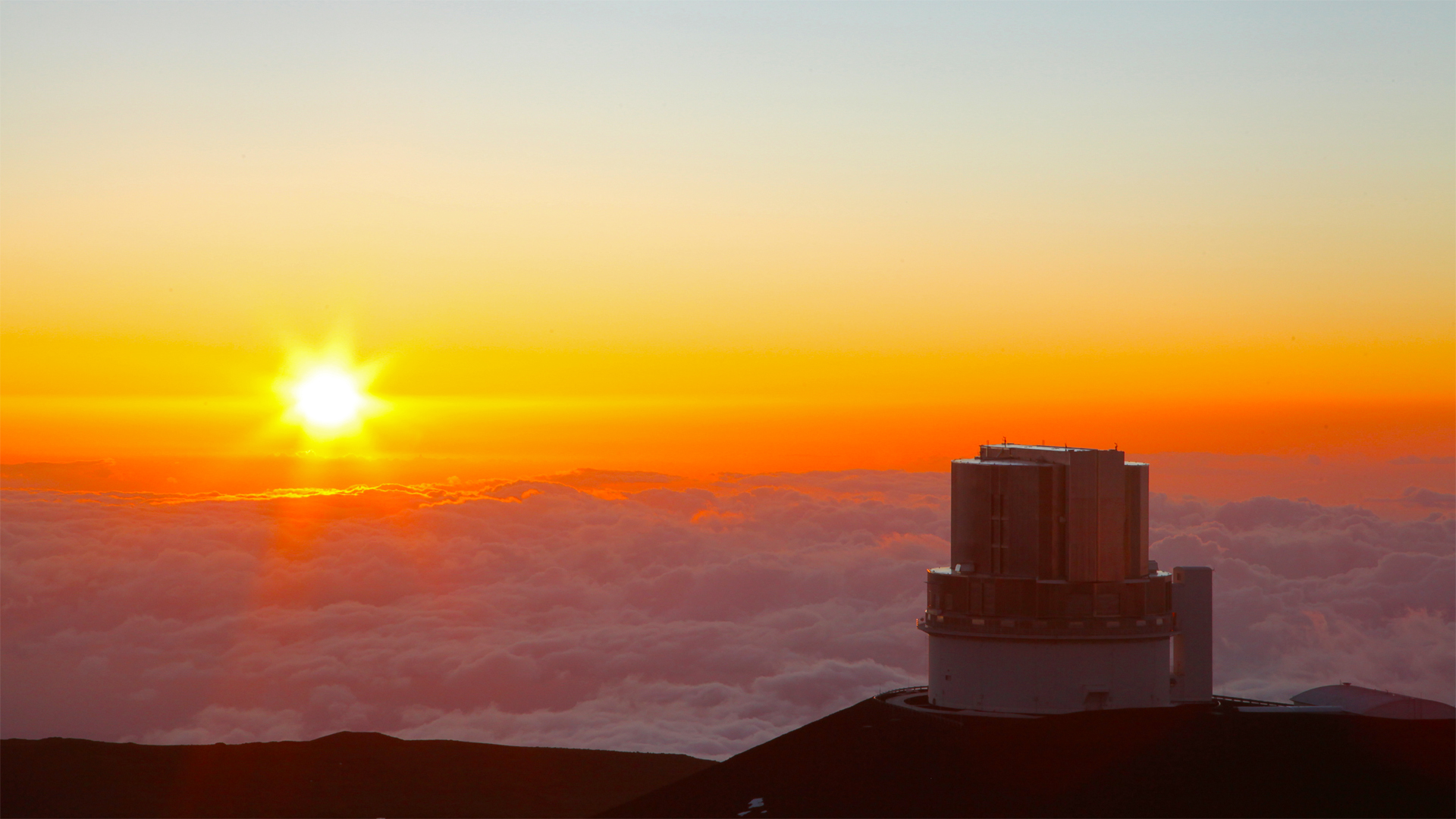
To do this, Huang and their FOSSIL team colleagues turned to the computer cluster operated by the National Astronomical Observatory of Japan to perform complex numerical simulations. This revealed the orbital stability of 2023 KQ14 for 4.5 billion years and the implications of that steady orbit.
"2023 KQ14 was found in a region far away where Neptune's gravity has little influence," team member and planetary scientist Fumi Yoshida said. "The presence of objects with elongated orbits and large perihelion distances in this area implies that something extraordinary occurred during the ancient era when 2023 KQ14 formed.
"Understanding the orbital evolution and physical properties of these unique, distant objects is crucial for comprehending the full history of the solar system."
Yoshida added that, at present, the Subaru Telescope is one of the only telescopes on Earth capable of making a discovery like that of 2023 KQ14.
"I would be happy if the FOSSIL team could make many more discoveries like this one and help draw a complete picture of the history of the solar system," Yoshida concluded.
The team's research was published on Monday (July 14), in the journal Nature Astronomy.

Robert Lea is a science journalist in the U.K. whose articles have been published in Physics World, New Scientist, Astronomy Magazine, All About Space, Newsweek and ZME Science. He also writes about science communication for Elsevier and the European Journal of Physics. Rob holds a bachelor of science degree in physics and astronomy from the U.K.’s Open University. Follow him on Twitter @sciencef1rst.
You must confirm your public display name before commenting
Please logout and then login again, you will then be prompted to enter your display name.
